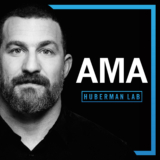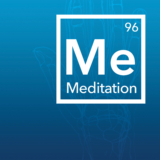In this episode, I explain how to use caffeine to enhance mental and physical health and performance, including the optimal dosages and intake schedules for ...
My guest this episode is Lex Fridman, Ph.D., a Research Scientist at the Massachusetts Institute for Technology (MIT), an expert on artificial intelligence ...
My guest this episode is Chris Palmer, M.D., a board-certified psychiatrist and assistant professor of psychiatry at Harvard Medical School. He explains the ...
I explain the science of happiness, including the different types of happiness and how our actions, circumstances and mindset control them. While it is ...
Recently I had the pleasure of hosting a live event in Los Angeles, CA. This event was part of a lecture series called The Brain Body Contract. My favorite ...
My guest is Layne Norton, Ph.D. — one of the world’s foremost experts in nutrition, protein metabolism, muscle gain and fat loss. We discuss the science of ...
Welcome to a preview of the first Ask Me Anything (AMA) episode, part of Huberman Lab Premium subscription. The Huberman Lab Premium subscription was launched ...
In this episode, I discuss the biological mechanisms of the state changes that occur during different types of meditation and describe how to develop the ...
My guest is Eddie Chang, MD, a neurosurgeon and professor of neurological surgery at the University of California, San Francisco (UCSF) and the co-director of ...
I describe a fitness protocol that maximizes all the major sought-after aspects of physical fitness, including strength, endurance and flexibility. I discuss ...
- « Previous Page
- 1
- …
- 24
- 25
- 26
- 27
- 28
- …
- 36
- Next Page »




